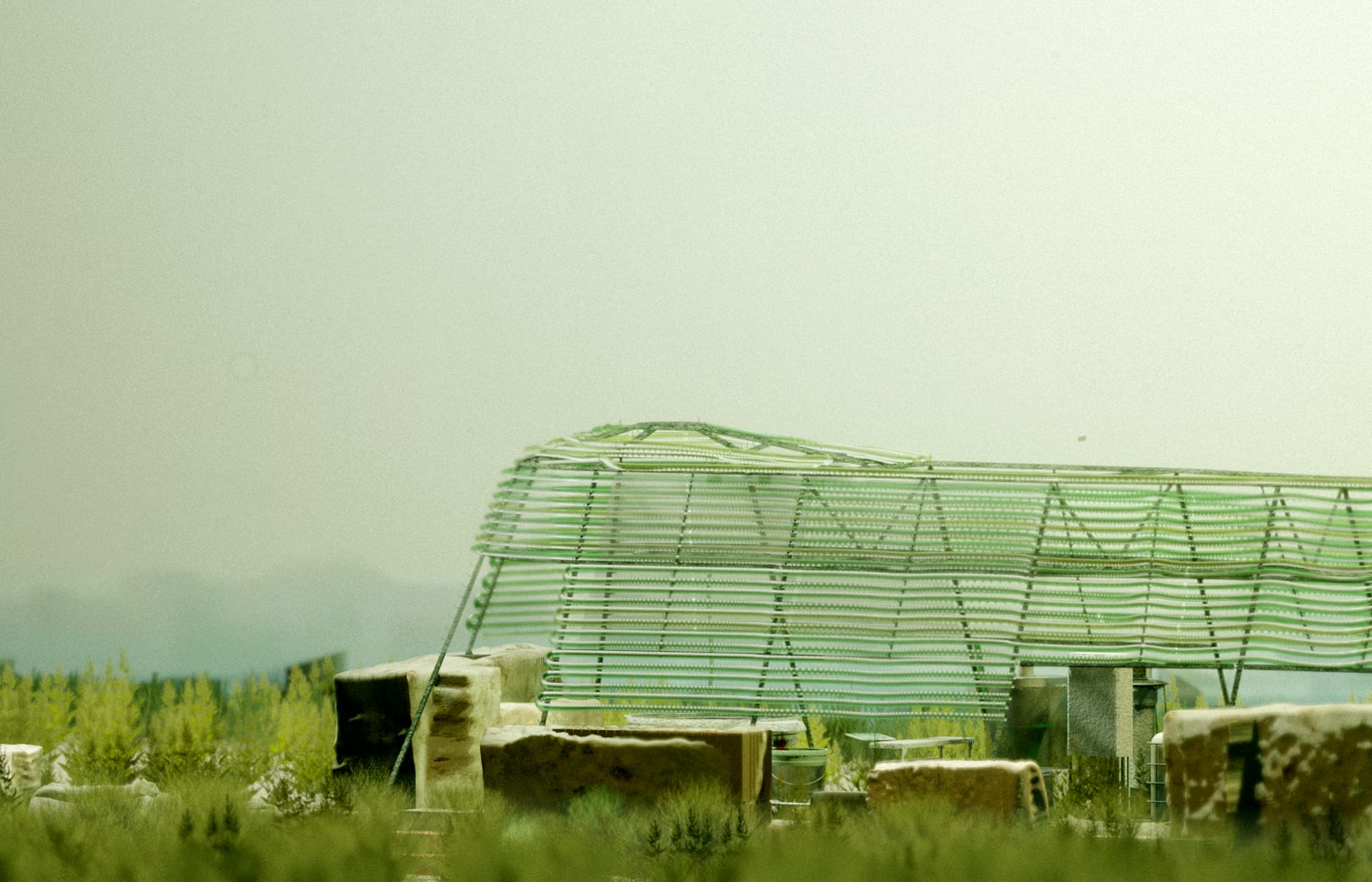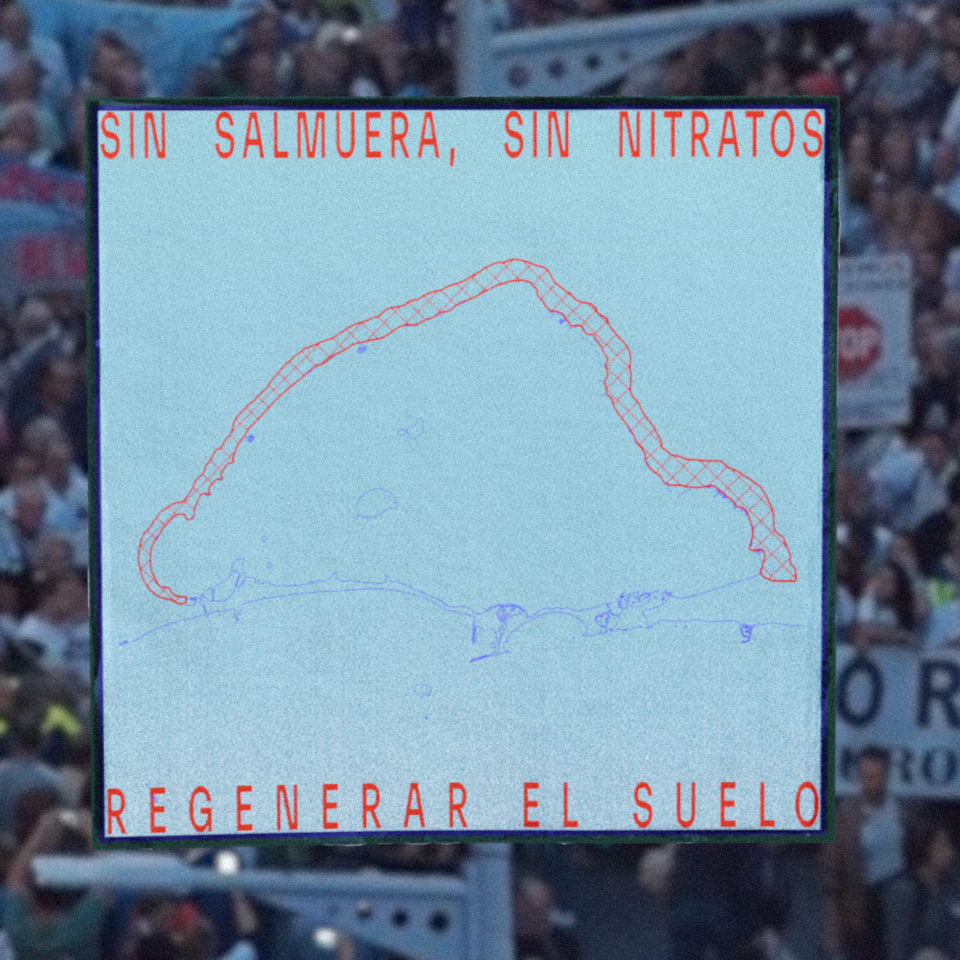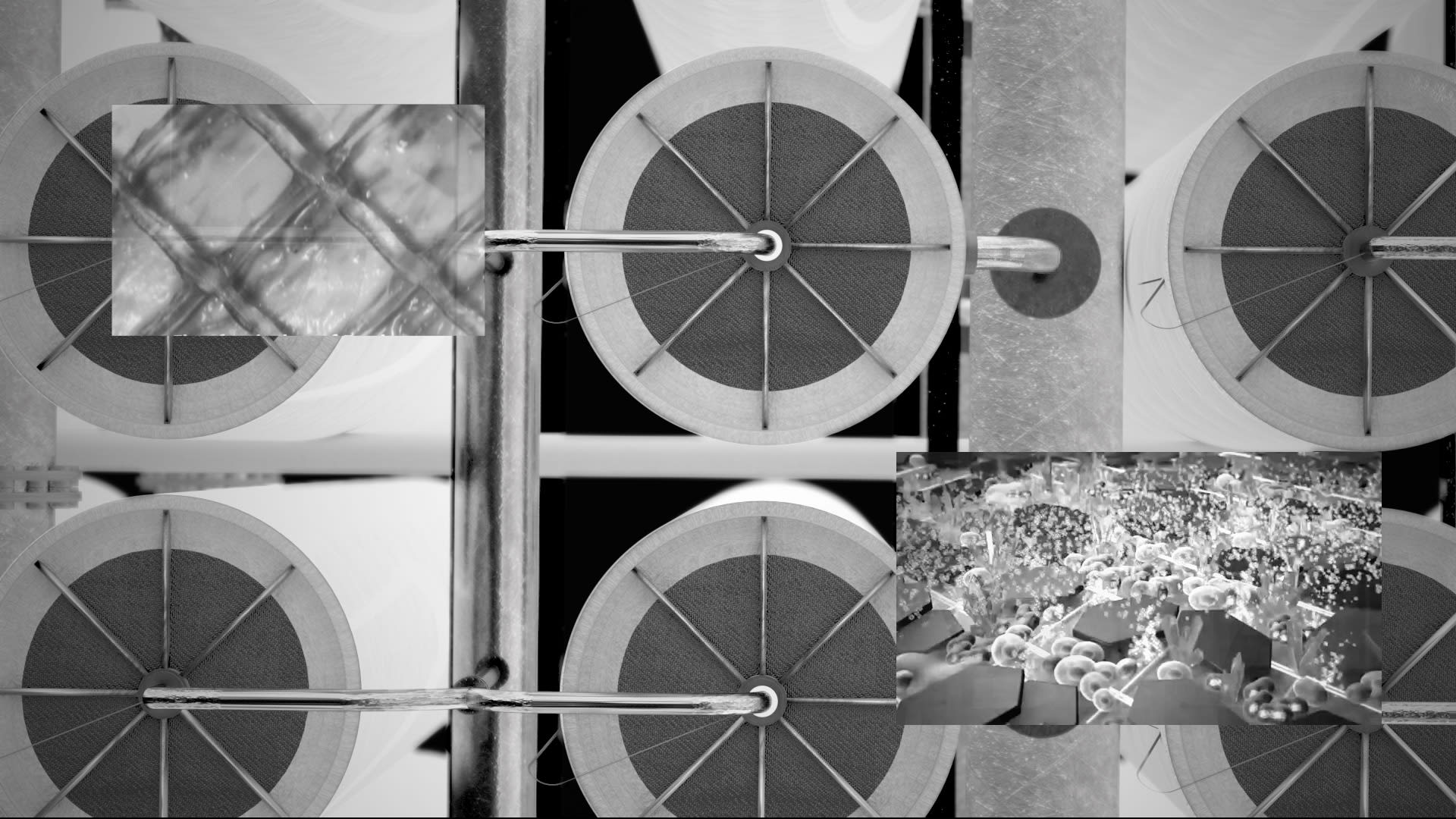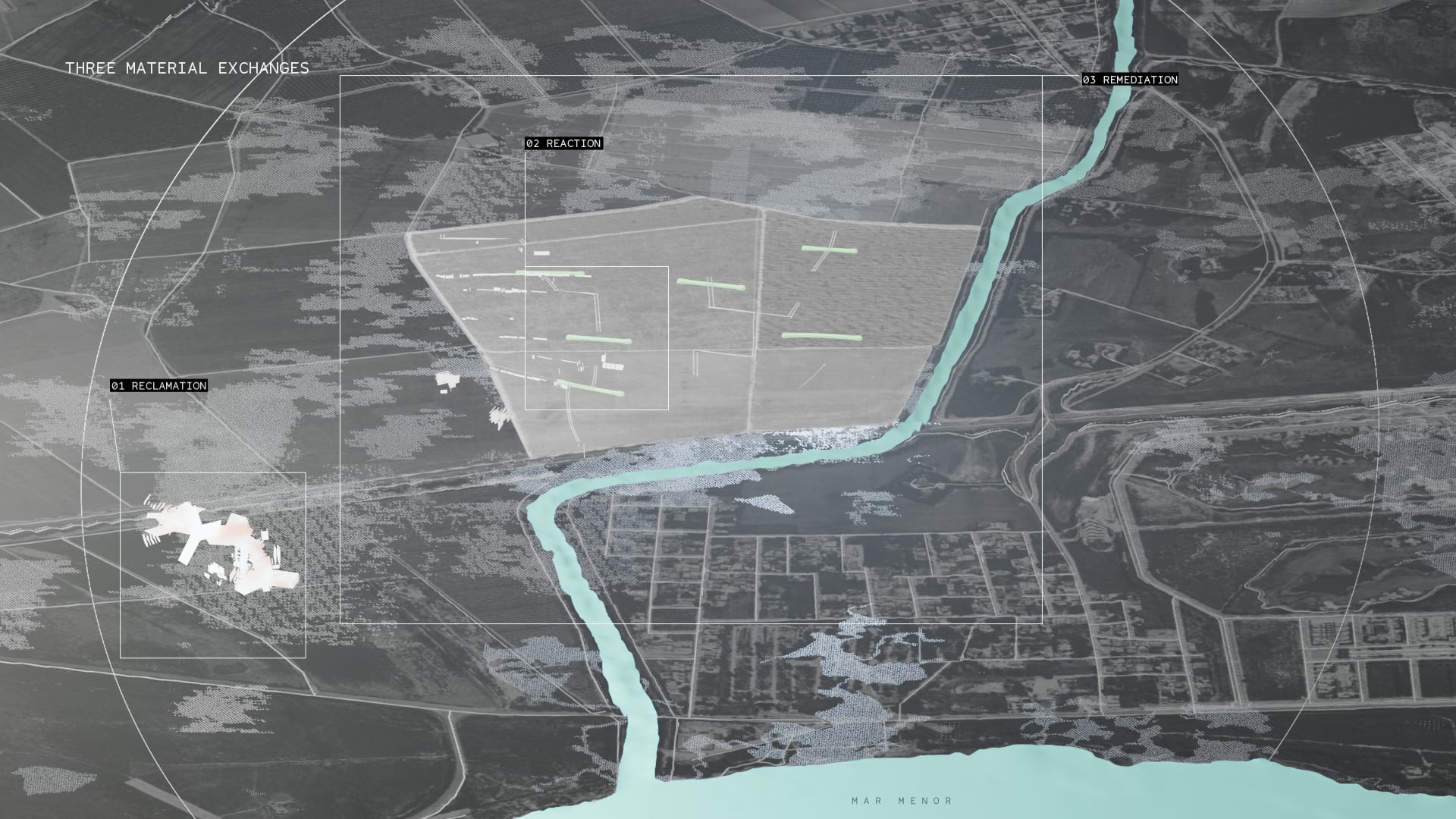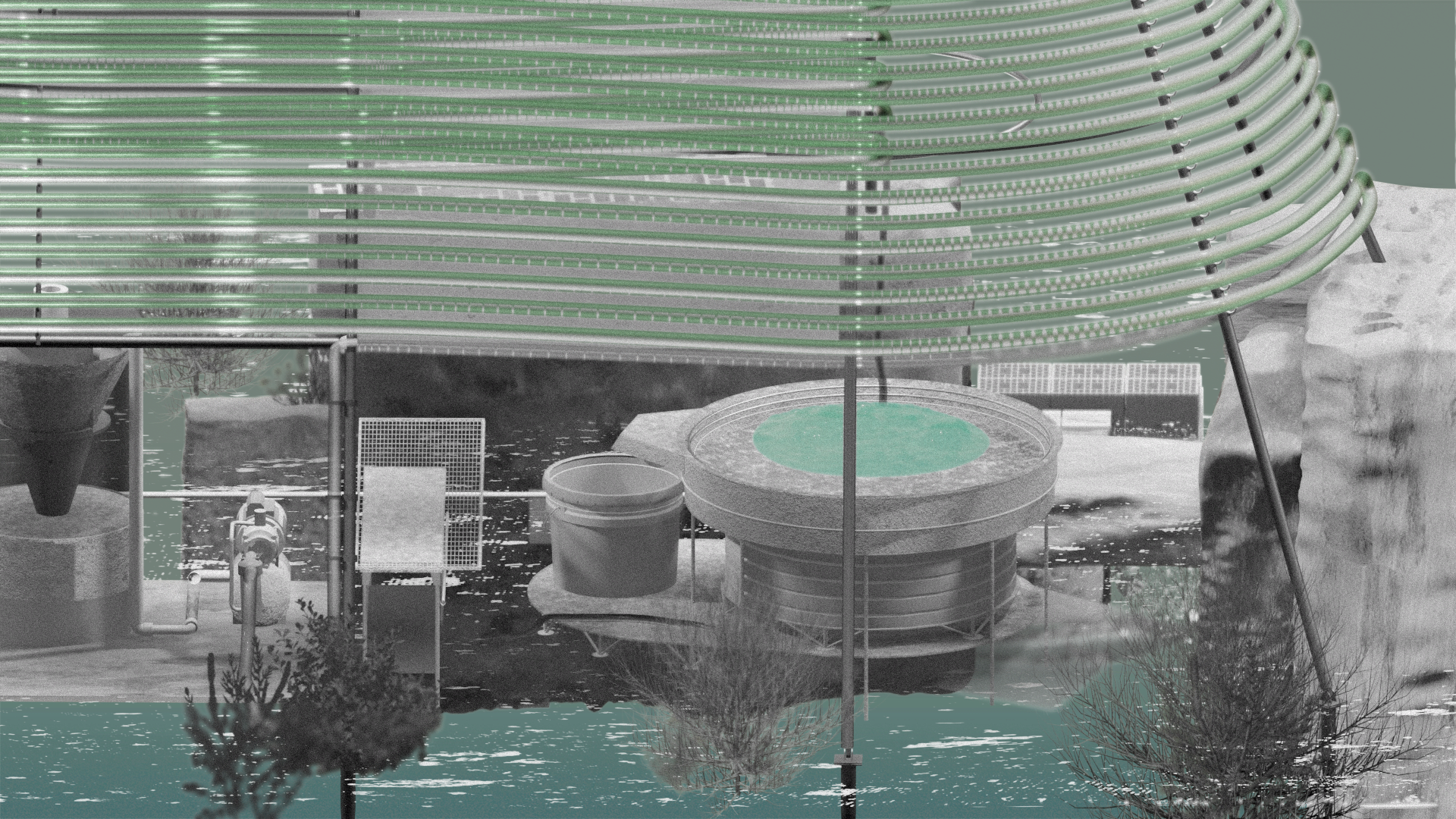Henry is a Master of Architecture student graduating from the Royal College of Art. His practice engages with cartography, ecology, visual arts, and architecture. He previously studied his undergraduate at Newcastle University, graduating with a first class honours degree in 2017, and went on to practice for two years in the UK. He subsequently undertook a design residency with the School of Speculation where his work was exhibited at the South London Gallery.
Henry’s research focuses on environmental politics and architecture’s role in the production of non-extractive landscapes. He began his studies as part of ADS7’s research collective. Working alongside Jingru (Cyan) Cheng, Marco Ferrari, and Elise Hunchuck, Henry contributed to the film installation ‘Sky River’ as part of the Critical Zones Exhibition at ZKM | Centre for Art and Media Karlsruhe, curated by Bruno Latour and Peter Weibel. His first year thesis went on to investigate the politics of desertification in Northwest China, proposing the construction of a citizen science network to aid local afforestation practices. The project was shortlisted for the RIBA West Awards.
This year, Henry has continued his research into unstable ecologies within ‘ADS3: Refuse Trespassing Our Bodies – The Right to Breathe’. He is currently working with ADS3 and the Serpentine Gallery towards the design of an environmental campaign advocating for biodiversity in Camden’s conservation areas. As part of the gallery’s ‘Back to Earth’ initiative, the exhibition will be on display later this summer. His final design thesis, titled: ‘The Politics of Reverse’, examines intensive agriculture and ecological catastrophe surrounding the Mar Menor Lagoon in Southern Spain. This project interrogates unsustainable practices of irrigation and considers how the reuse of refuse can shape an alternative future for the Lagoon and its People.
